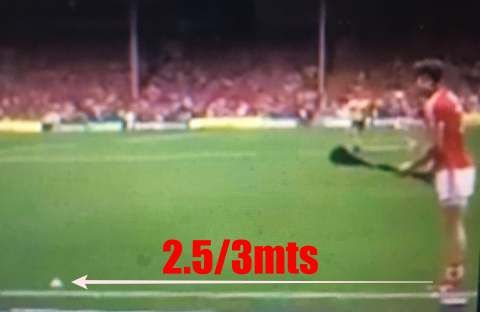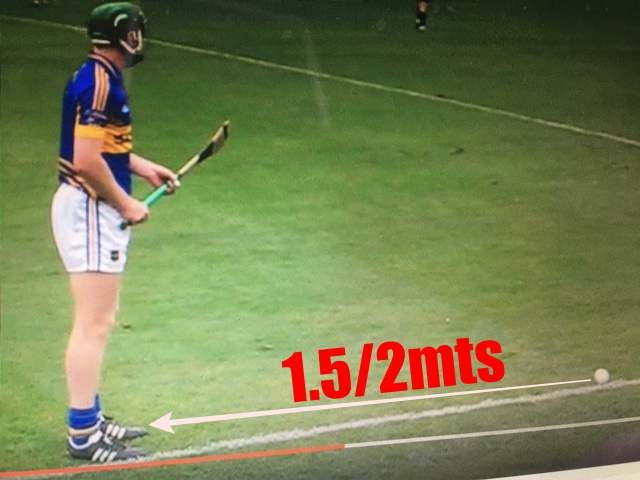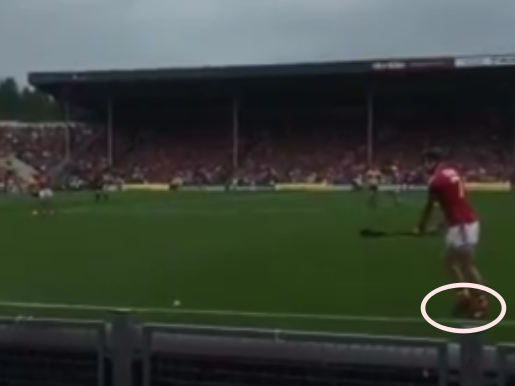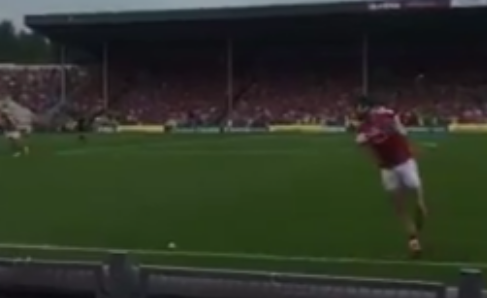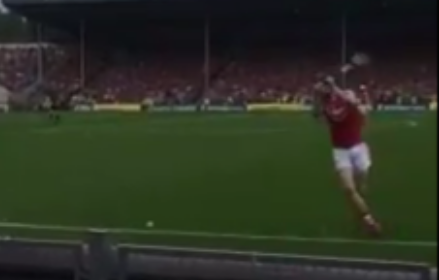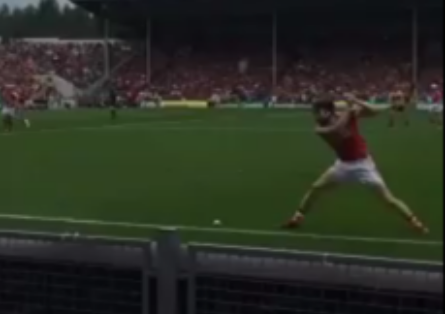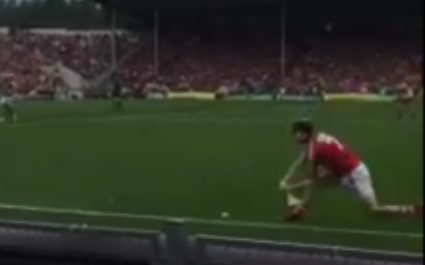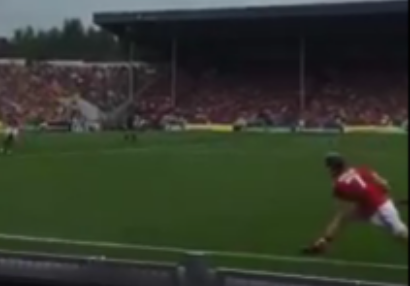The art of the sideline is one that is practised by many but mastered by few.
Time was when you saw hurlers cutting sidelines into a bunch of players 20 yards infield and letting them get on with it. Not anymore.
Noel McGrath and Joe Canning changed the common perception of a sideline as a springboard to an attack, to an actual direct scoring opportunity with a succession of successful sideline cuts around 2010.
Of course, many players, such as John Fenton and Mick Moroney pointed sideline cuts before these lads, but it was the regularity and ease with which McGrath and Canning did it that lead every hurler in the country to fancy themselves standing over a line-ball.
It’s very rare nowadays for a sideline cut not to be used as a shot at goal.
Austin Gleeson has wowed us with some incredible sideline cuts in recent years, as have many others.
Nobody does it quite like Mark Coleman, however.
The Blarney youngster has exploded onto the inter-county scene with remarkable verve and abandon in this year’s Munster Championship for Kieran Kingston’s Rebels.
His left half-back play has been dominant, it’s been exuberant and it has had all the signs of a nineteen-year-old playing the game with a refreshing lack of limitations.
Apart from his precise distribution, his direct running and his marked nonplussedness when in possession, one facet of his game has stood out above all others.
That’s his ability to take a sideline.
Mark Coleman doesn’t take a sideline like the majority of hurlers, however, his technique is markedly different.
First of all, Coleman stands almost three metres from the ball, which is further than the likes of McGrath or Gleeson do. He is also directly in line with the ball, which is different to Gleeson above.
Just at the beginning of Coleman’s run-up, he extends onto his tippy-toes which gives him extra height and power to propel his run-up and swing.
Coleman begins his run-up. Many hurlers make the mistake of bending down too early when hitting their sideline, his posture remains upright, as he gently leans towards the sliotar.
Coleman’s hurl almost swivels in his own hands as his wrists rotate with his swing. The main difference here is just how high he brings is hurl and the phenomenal mid-swing rotation.
As you can see here, his swing almost does a full 360-degree turn in mid-air.
Unreal from mark Coleman #CorkvClare #MunsterFinal #hurling #SempleStadium pic.twitter.com/yTeU4gAaFH
— John Hudson (@John_Huds) July 9, 2017
The height of his swing is remarkable.
Coleman then extends his legs and his wrists remain so rotated as he quickly transitions from high to low.
He generates some power through this wrist-action on this downswing.
He bends down ridiculously low, and just before impact, his hurl is almost parallel with the sliotar.
The power he has built up on his swing allows him to cut into the turf.
PING.
Beautiful.
Watch this superb sideline cut & point from 'Rebel Óg' star Mark Coleman for @OfficialCorkGAA in yesterday's @MunsterGAA Hurling Final pic.twitter.com/0aQeQeKgEM
— The GAA (@officialgaa) July 10, 2017

